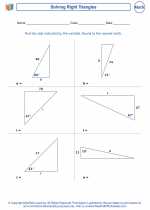Linear Equations
A linear equation is an algebraic equation in which each term is either a constant or the product of a constant and the first power of a variable. The general form of a linear equation in one variable is:
ax + b = 0
where a and b are constants, and x is the variable. The solution to a linear equation is the value of the variable that makes the equation true.
Key Concepts
- Slope-Intercept Form: The equation of a line in slope-intercept form is y = mx + b, where m is the slope and b is the y-intercept.
- Point-Slope Form: The equation of a line in point-slope form is y - y1 = m(x - x1), where (x1, y1) is a point on the line and m is the slope.
- Standard Form: The standard form of a linear equation is Ax + By = C, where A, B, and C are constants, and A and B are not both zero.
- Solving Linear Equations: To solve a linear equation, isolate the variable on one side of the equation by performing inverse operations.
- Graphing Linear Equations: Plot points on the coordinate plane, connect the points with a straight line, and extend the line as needed.
Study Guide
When studying linear equations, it's important to understand the various forms of a linear equation and how to manipulate them. Practice solving linear equations using different methods, such as the addition property of equality and the multiplication property of equality.
Additionally, practice graphing linear equations by identifying the slope and y-intercept, plotting points, and drawing the line. You can also use the x and y-intercepts to graph the equation.
Finally, make sure to understand the relationship between the equation of a line and its graph. The slope of the line indicates the steepness, and the y-intercept represents the point where the line crosses the y-axis.
Overall, mastering linear equations involves practice, understanding the different forms of linear equations, and being able to interpret and graph the equations accurately.
[Linear Equations] Related Worksheets and Study Guides:
.◂Math Worksheets and Study Guides Seventh Grade. The Pythagorean Theorem
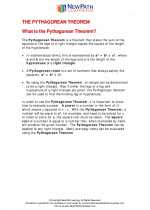
 Study Guide
Study Guide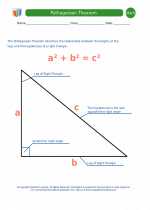
 Worksheet/Answer key
Worksheet/Answer key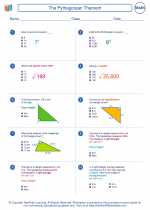
 Worksheet/Answer key
Worksheet/Answer key
 Worksheet/Answer key
Worksheet/Answer key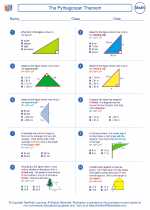
 Worksheet/Answer key
Worksheet/Answer key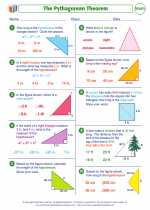
 Worksheet/Answer key
Worksheet/Answer key
 Worksheet/Answer key
Worksheet/Answer key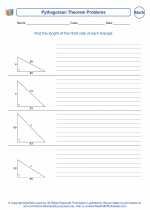
 Worksheet/Answer key
Worksheet/Answer key
 Worksheet/Answer key
Worksheet/Answer key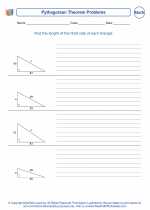
 Worksheet/Answer key
Worksheet/Answer key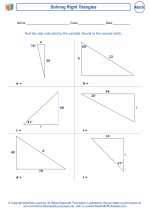
 Worksheet/Answer key
Worksheet/Answer key